Something I’ve been meaning to do for a while is to show readers something of the flavour of the area in which Midculter is set, so they can more easily visualise some of the settings of Game of Kings and the Scottish parts of Disorderly Knights. Sybilla’s Midculter Castle is of course fictitious, and there is no village called Midculter either, but we know from the descriptions in Game of Kings roughly where it would have been situated by Dorothy’s fertile imagination.
Last weekend I was returning to Edinburgh from visiting my 95 year-old father in Lanark and a rather showery few days had resolved into a beautiful evening, so having a rare couple of hours to spare I turned off the Lanark road – known as the Lang Wang – at the village of Carnwath, and headed south towards Biggar. I was cursing myself that I didn’t have my SLR camera with me but at least I had my phone with its useful panorama feature.
The following images can be clicked/tapped to view larger versions.
As I climbed the rise up to the hamlet of Libberton the rolling hills of the area opened up before me in gorgeous evening light. Tinto Hill over to the west and the hills south of Biggar, including Culter Fell, running away to the south, with the River Clyde meandering between them, and over to the east a glimpse of Broughton Heights guarding the entrance to Tweeddale.
Some areas of Lanarkshire are rather bare and treeless and at best suitable only for sheep, but this part, despite having a distinctly rolling character, is more endowed with woodlands and good quality grasslands, housing cattle and horses in addition to the ever-present white flocks. Rather surprisingly there are even a number of remnant groups of old pine trees of the Ancient Forest of Caledon, which once covered much of Scotland, but which is now usually associated with some parts of the Highlands.
Small farms and townships dot the landscape, connected by narrow lanes and a few twisting roads winding through the topography. One can easily imagine Richard travelling this country; visiting, helping and encouraging his tenant farmers to make improvements that would benefit estate and tenants alike.
A glance at the Ordnance Survey map shows a variety of ancient markings – hill forts, enclosures, settlements, and cairns are scattered across the landscape and increase in number as we head south. For students of legends, one fort is intriguingly positioned between places called Arthurshiels and Whitecastle.
As you descend into Biggar a small road leads down to the right to a ford over the Biggar Burn where one of the town museums (I think related to an old mill but currently being refurbished) is situated. The charming little valley, carrying the burn between the site of an old Motte and a hill called The Knock, has been made into a childrens park with a new paddling pool and little pieces of play equipment. But it’s easy to imagine a far older scene with horses and carts rather than cars crossing the ford.
Biggar is a lovely little town that contains a number of interesting items including a puppett theatre and a gasworks museum, but we’ll return to that at a later date along with a look at the site of Boghall Castle. In the meantime you can see some images of the latter on the main site at www.dorothydunnett.co.uk/visits-south.php
Turning into the Biggar main street we are now on the A702, the main connection between Edinburgh and the M74 motorway from Glasgow to Carlisle and the M6 which is the main artery to the major cities on the western side of England. This is an ancient route and much of it follows the course of the old Roman road. Continuing on this route south of Biggar we’re approaching the area we’re really interested in.
First the A72 branches off to the west towards the village of Symington – which has its own Castlehill – but after about 700m the road passes closely by Coulter Motte, a 12th century castle about which hardly anything is known, although historian Simon Forder suggests that it may have once been owned by the Flemish de Cutir family. thecastleguy.co.uk/castle/coulter-motte/
Back on the A702 about 3km south of Biggar we have more examples of our favourite placename – just to the west of the road at the side of the Clyde is Coulter Mains and Coulterhaugh, while on the eastern side is Culter House, a 17th century lairds house and a little further on is Culter Allers House which is Victorian but sited on a 17th century plot and has an attractive walled garden.
Culter House was up for sale about 15 years ago and after I posted a link to the sales brochure on the estate agent’s site it was jokingly suggested that if all the members of Dunnetwork and Marzipan were to chip in a few hundred pounds each we could buy it and turn it into the Dunnett Rest Home for the Slightly Befuddled! It’s now up for sale again but the price is rather higher at £1.1 million – though with 16 bedrooms that’s a snip considering you can pay the same for a modest 2-bedroom flat in London.
Mind you, anyone who has problems pronouncing Lymond may be even more befuddled to learn that whichever spelling is used the local pronunciation of the placename is Cooter. However I don’t expect to hear anyone calling it Midcooter at the next DDS AGM weekend! 😉
A hundered metres further south, as the road turns sharp west over a bridge, nestles the tiny village of Coulter.
It’s so small that a driver making sure they negotiate the sharp turn could easily miss it altogether. Only the old Mill building, now converted to a restaurant, makes much of an immediate impression.
It’s said there was a mill there going back to the 12th century and the current building is a fairly imposing 3-story structure. In contrast the majority of the houses are characterised by rows of small, low, connected cottages on either side of the road and adjoining the Culter Burn. It’s tempting to imagine a previous settlement of thatched cottages on the same ground plan.
Book lovers will appreciate the small 19th century Culter Public Library and Reading Room which sits opposite the mill – quite an achievement for such a small village.
To the south of the village as the ground rises towards Turkey Hill (489m) (was Archie’s brother named after this I wonder?) and Knowe Dod (440m), there are two more forts and a settlement, while for those of you who like to think that JK Rowling has read Lymond there is Snaip Hill.
Actually the whole area is full of some wonderful placenames and many more ancient sites. Near to Coulter is Unthank, and Mid Hangingshaw, just to the east is a fort and settlement called Cow Castle just below Gawky Hill and Scawdmans Hill, while about 600m away there is a hill which has two more fort/settlements and the ruins of Kilbucho church of which records go back to the 13th century.
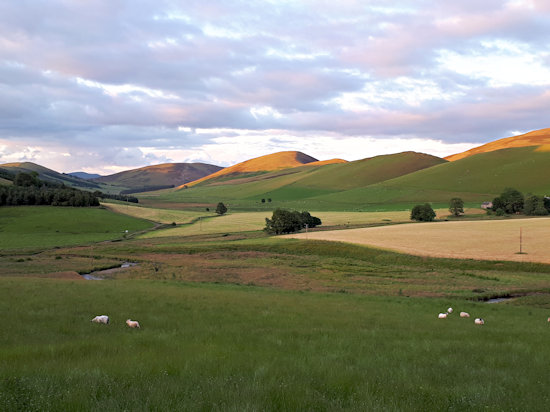
Looking towards White Hill from the Birthwood road. There are at least 3 fort sites in this view including Cow Castle.
To the south on the Birthwood road which runs up to Culter Allers Farm there is Hungry Knees and Fell Shin. Slightly further away there are other placenames such as the wonderfully named Snickert Knees, Risingclaw Heights, Worm Hill, Knowe Kniffling, Noop End and the Deil’s Barn Door. Even to an Edinburgh lad like me there is some odd language around here, but Tolkein would have had a field day! In fact the other author besides Dorothy who is associated with the area is John Buchan, who is said to have been inspired by the landscape around here.
Did Dorothy have a definite place in mind for Midculter Castle? Who can say, unless we find something in her archives that gives a clue. There are a number of possibilities but nothing much in the text to go on. But I hope the photos shown here and others that I plan to take in the future will give you a feel for the countryside in which Richard and Francis were brought into the world. Next time I’ll remember my big camera!

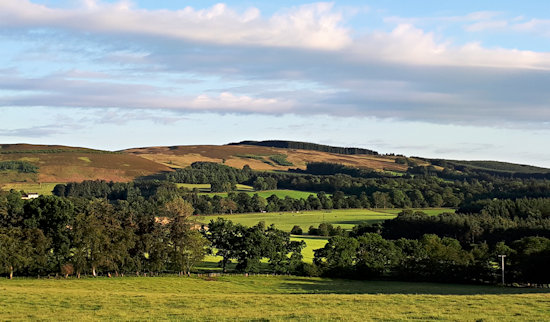


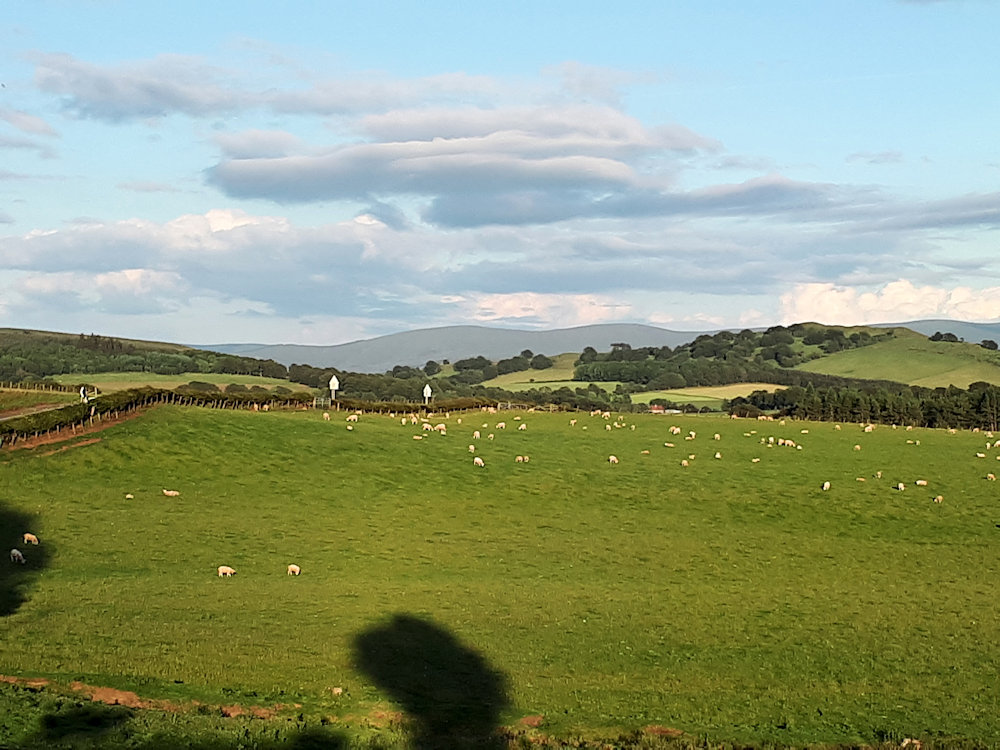
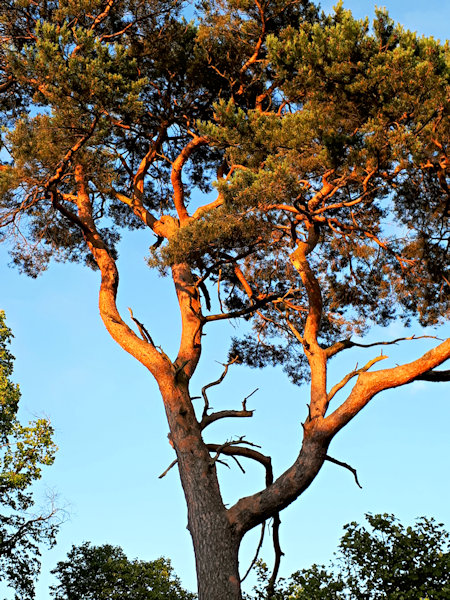
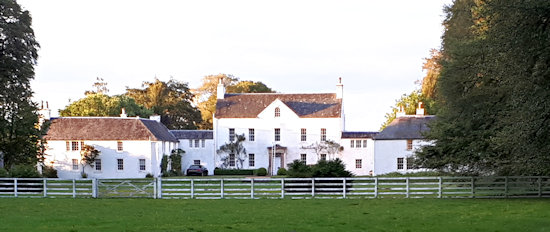
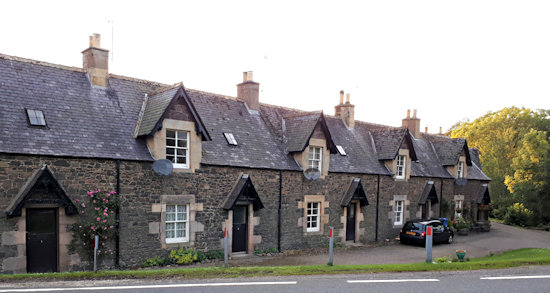
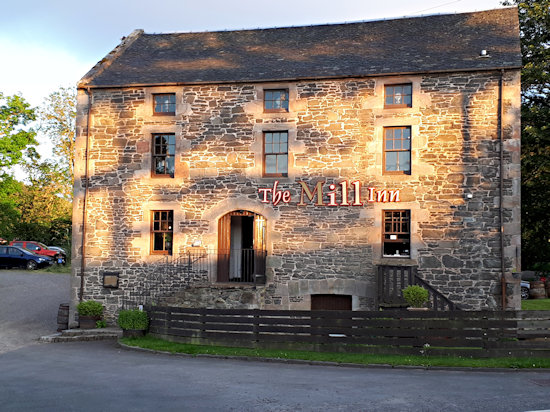
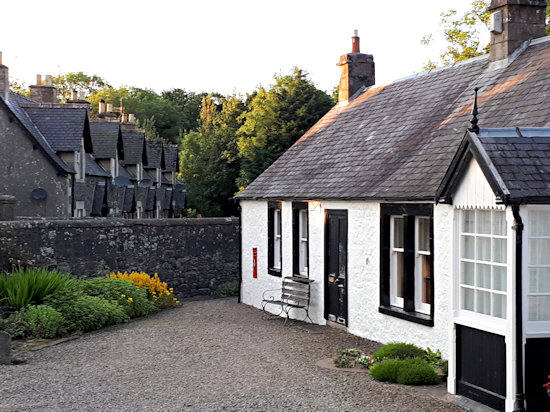
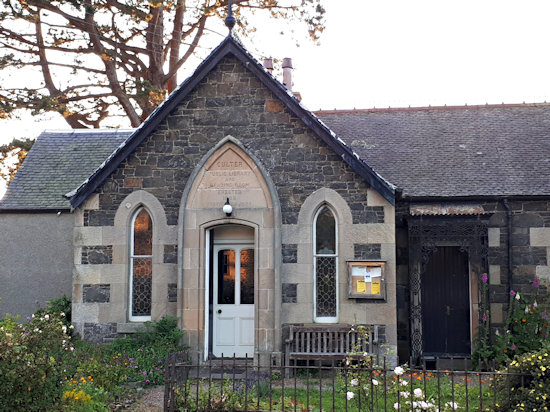

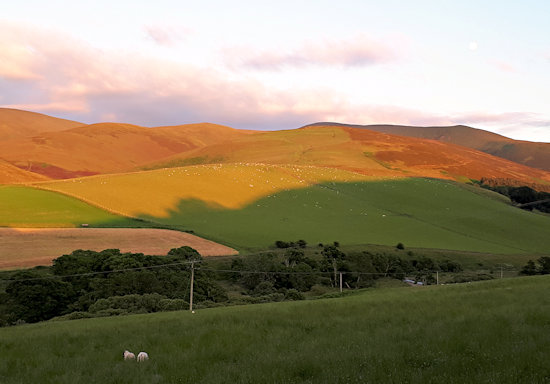
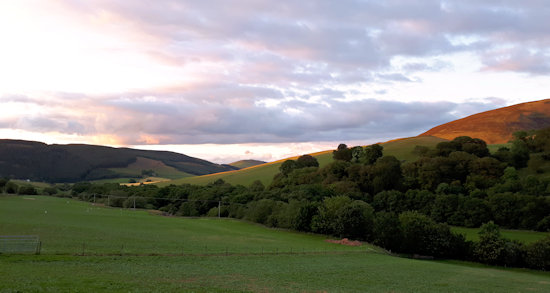
Bill
Thanks for that. It was great.
Shane Marshall in Australia
wonderful pictures
What beautiful country. I could see Lymond growing up there and loving Scotland so dearly. Thanks so much for the beautiful pictures!!
Those photos are brilliant! Thank you so much…..
And the names, wonderful.
Thank you so much for the virtual tour! So evocative …
Amy B. from Minnesota and Oregon
Thank you for the great photos – the hills are beautiful!!!
Great post, Bill. Thanks!
Thank you, Bill, for these beautiful photos and wonderful, informative descriptions! This delightful blog entry could be the basis for a Dunnett travel guide to Midculter …
Delighted you all like the photos and lovely to see some old friends amongst the comments. I miss our old conversations on the email groups.
Had hoped to do some more expeditions but the Scottish weather has been mostly awful this July and I’m off to Slovenia later this week. Maybe get a chance when I come back in September. I have one particular idea in mind which I think you may like…
Hello, I know it’s been a very long time (10 yrs?) but first, I did re-read both series: Niccolo (3rd time)& Lymond (5th time) and King Hereafter during that time; and second, I wasn’t sure the blog was still in existence. I am SO VERY GLAD it is!
The pictures are lovely and evocative. I finally went to Scotland in 2017 and of course tried to see or photograph anything related to DD’s books but our tour only whizzed by SW Scotland on the way back to England, but still I have iPhone pics of the Wall, Jedburgh, Lauder (& bridge), St. Giles, the High St., the Bow, Cowgate, castle & Holyrood (how cliche of me) and countryside in between. Don’t remember if we went by Durham/Wark. I also told our tour guide & fellow travelers about DD & the series( as I do any who’ll listen.). Sorry this is so long. So happy to say hi. Hope everyone stays safe & healthy. Keep reading!
PS. Film remains undone for lack of funding- maybe this year…?
Hello! Not sure previous post came through so just trying again-but I’ll keep it short. Simply loved your pics, wish when I was in Scotland (2017) I could have seen more, but only saw parts of east and Edinburgh, & v. fast south as tour sped back to England, but did see some DD related spots & took pi’s with my phone.
Yeah my post went through so I can say I took pics of Jedburgh, Lauder (& bridge), Edinburgh castle, High street, the Bow, Cowgate, St. Giles (interior too – not sure about correct chapels), Holyrood, Solwsy Moss, and countryside. So sorry we didn’t see Stirling or west more. Stay healthy & safe everyone, and keep reading!
Hi Gerri, long time no hear; lovely to have you back with us.
Glad to hear you made it to Scotland, even if the visit was a fairly short one, and saw some of the key places. Of course there’s so many of them that no trip can hope to cover more than a few of them.
Delighted you liked the photos. I was hoping to take more this year but of course the Corona lockdown has put that on hold, and I may only have a short window in which to take any before I head off to Slovenia as soon as there are suitable flights. I’ll be spending more and more time over there from now on so Scottish photo opportunities will be much reduced. Really hoping to get down to the Border areas around Hexham before I go, to illustrate a piece I intend to write on Flaw Valleys and where it might have been situated.
Stay safe and my fingers are crossed for that film.
Bill